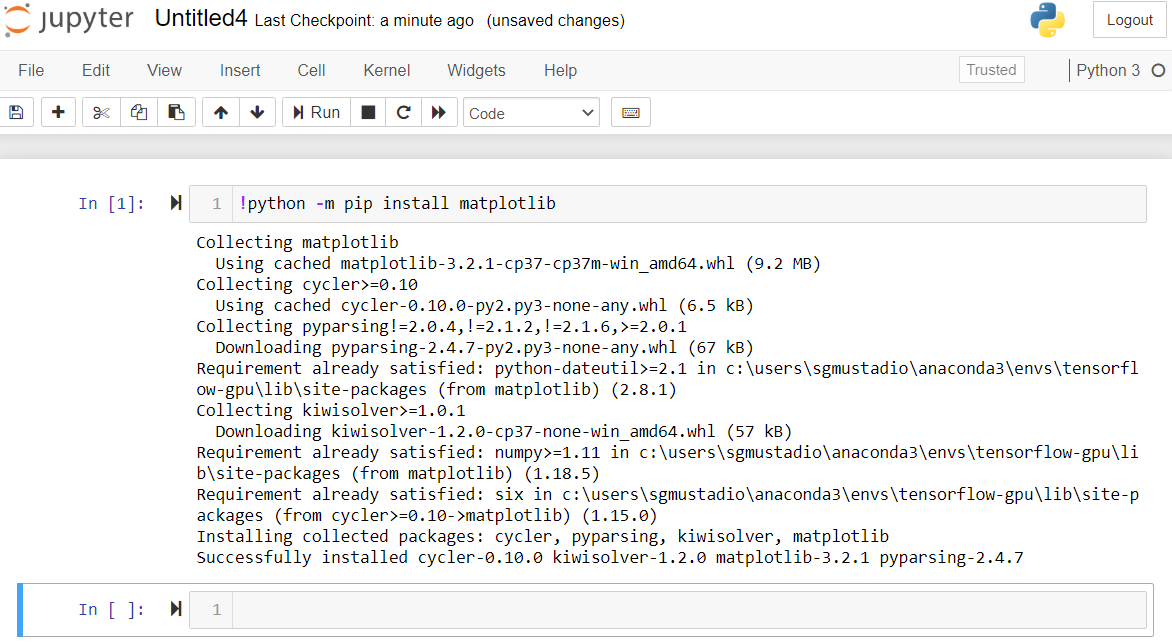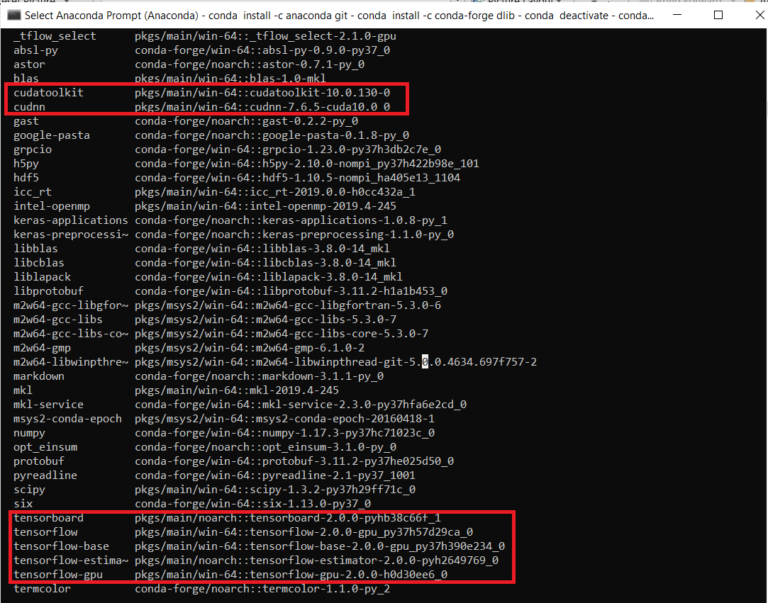

Of course, you could use pip, Python's default package manager, to install these libraries but that would likely take a while considering there are hundreds to choose from.

In a nutshell, it's an up-to-date, comprehensive bundle of the most popular tools and libraries in this field and enables you to dive in quickly and easily. Apologies!Īnaconda is a free and open-source software distribution for data science. Note: this tutorial is for Windows users.

Thankfully, both libraries are written in Python, which circumvents a layer of friction for me. Because TensorFlow is an order of magnitude more popular than the rest and is growing rapidly, it was the logical choice for Keras' backend. I settled on Keras because it provides a high-level, user friendly API for several deep learning libraries such as TensorFlow, Theano or Microsoft Cognitive Toolkit. However, I don't recommend using Windows directly as a development platform for data science I don't even advise using Anaconda! Up-to-date recommendations for gearing up for data science work, in addition to instructions for transforming Windows into a viable development platform can be found on a recent blog post. Steps 3-4 for installing Keras and TensorFlow are still relevant. Update (May 13, 2019): This blog post is nearly two years old, which makes it prehistoric in the data science world. After some digging, I came up with my own solution and decided to share it in detail with the community. Most solutions glossed over key steps, others just didn't work. For example, once I reached the stage in my training where I was ready to add deep learning to my repertoire, I was baffled on how troublesome it was to setup Keras and TensorFlow to work with Jupyter notebooks via the Anaconda distribution.
#Install tensorflow anaconda how to
Some of the biggest challenges I've faced while teaching myself data science have been determining what tools are available, which one to invest in learning, or how to access them.


 0 kommentar(er)
0 kommentar(er)
